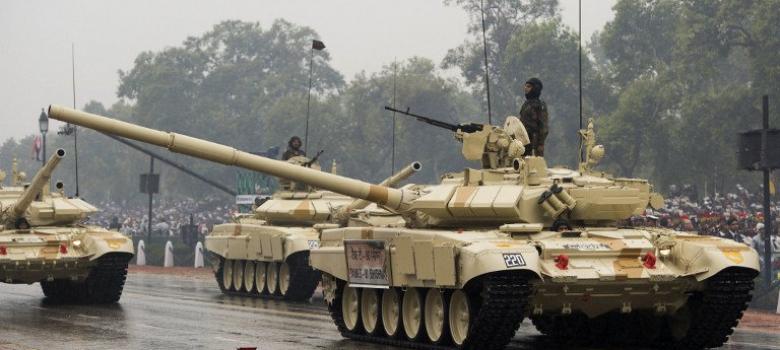By Brig Gurmeet Kanwal (Retd)
January 2016
THE INDIAN soldier is a role model for the people of India. Scrupulously honest, positively secular, completely apolitical, with an ethos of working hard, simple needs and frugal habits, he is the epitome of courage and unflinching devotion to duty. More than any other group or community in the country, the Indian soldier embodies and represents the idea of India.
In hail, sleet and snow, in icy blizzards and pouring rain, he stands sentinel over the nation’s borders in the high Himalayas. He maintains a silent and lonely vigil along the Line of Control (LoC) in Jammu and Kashmir (J&K). He has held the Saltoro Ridgeline west of the Siachen Glacier, the highest battlefield in the world, for almost 30 years and denied the adversary the opportunity to alter the Actual Ground Position Line (AGPL). He has repeatedly shown his mettle while meeting the Chinese challenge along the Line of Actual Control (LAC) with Tibet.






